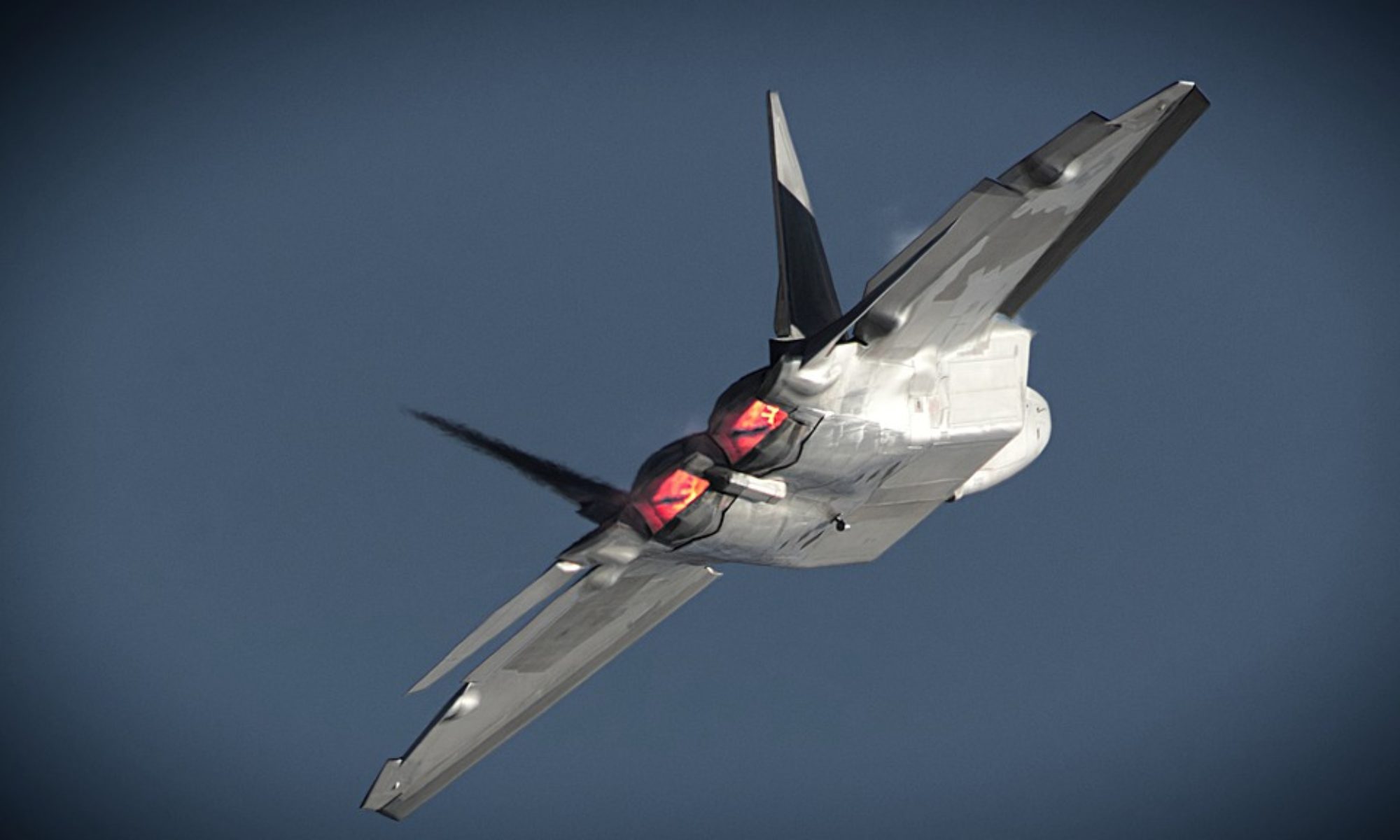Designing for Additively Manufactured (AM) Heat Exchangers
SPIRITECH’s engineering team utilizes the latest thermal, structural analysis, and CFD tools to design cost-effective thermal solutions that meet or exceed customer requirements. Our mission is to find the ideal solution to your heat transfer problem. Our manufacturing engineering team integrates the best Design-for-Manufacturability (DFM) principals to ensure that affordability and performance goals are concurrently achieved.
SPIRITECH understands the challenges associated with designing for additive manufacturing and has developed processes and procedures to address design considerations:
- Recoater-to-part interactions
- Grow angles and laser-to-part interactions
- Wall taper
- Part removal from platform
- Supports for growth of thin-walled features
- Powder removal
- Design feature exclusion
- Post process machining
- Cost reduction

Customizing AM Build Parameters
Current state of the art for additive manufacturing allows many typical parts to be fabricated using default build parameter settings. However, heat exchangers have very demanding requirements for thin walls and smooth flow surfaces that cannot be constructed using default settings. Rough surfaces may enhance heat transfer, but they do so at the cost of increasing pressure drop. The opposing design goals of minimizing pressure drop and maximizing heat transfer must be balanced. This requires development of build parameter sets that are conducive to achieving the heat exchanger’s design goals.
SPIRITECH has worked extensively to understand and optimize the AM build parameters for heat exchanger fabrication. These parameters include power, speed, offsets, and scan strategies, to name a few. Optimizing these parameters has been demonstrated by SPIRITECH to provide weight reductions approaching 50% and thermal effectiveness improvements greater than 10% relative to those achieved using default settings. In addition, optimized build parameters have also been effective at reducing fabrication times by 50% relative to build times achieved using default parameters.
SPIRITECH’s heat exchanger design-for-manufacturing philosophy extends to the process control of AM machine settings, scanning strategies, and powder selection. The thin-walled, complex surfaces, and large surface area of additively manufactured heat exchangers require a unique set of AM process controls with application-dependent understanding of melt pool physics, cost sensitivity, AM machine dynamics, material property variability, and the relationship between as-design versus as-built geometry. Optimized build parameters are defined to minimize flaws and optimize the material properties for thin-walled HX structures.
SPIRITECH‘s expertise in designing for AM and defining optimum build parameters provides exceptional value to its customers.



